Hope this finds you well. In your book you recommend red root as one of the adjunct therapies. Many, if not most, lymies suffer from hypercoagulation, a condition in which the spirochetes coat the blood vessels with fibrin, which effectively acts like a goo and keeps nutrients from getting to the cells, whilst thickening the blood so that it clots too easily. Red root encourages blood clotting—and most lymies actually need blood thinners (in my humble understanding…). What do you think about this?
I have seen a few references to this and the issue is not well delineated, at least to me. I am not convinced about hypercoagulation and lyme, primarily because I can find no scientific papers acknowledging the condition at all. Some of the research material I have seen actually indicates the opposite. So, I would really like to see some material, not from one or two lyme physicians but researchers, on the issue.
However, although red root does increase coagulation, in the doses I suggest it should not be a problem. Additionally, many of the herbs—andrographis and cat’s claw for example, are reliable blood thinners that inhibit blood clotting. Knotweed also facilitates blood flow through other mechanisms.
These herbs are more than enough to counteract any clotting actions of red root and should easily—if hypercoagulation does indeed occur—reverse that condition in the doses listed.




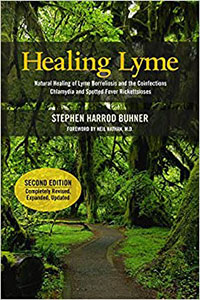
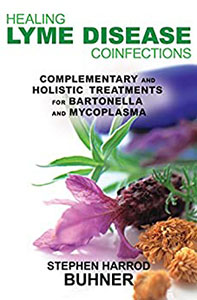
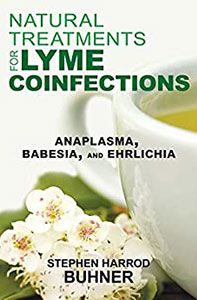
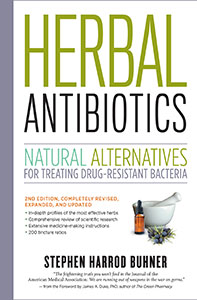
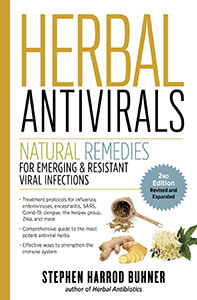
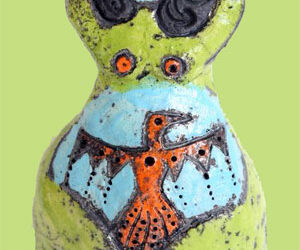


Are there any risks involved regarding red root does increase coagulation?
Thank you!
I realize the date of this, but still want to ask for a clarification by anyone reading this, thank you. I just started researching Red Root to use for myself for lymphatic issues. In my reading, Red Root was always mentioned as a blood thinner, so as not to take with a blood thinner. Now, if I am reading correctly, the above post and response mentions it for coagulation. I would deeply appreciate if someone could clarify this for me.
Thanks!
Actually, I can’t remember where I read it (I think in his 2015 book – the original was published 2005)but Stephen actually ultimately removed Red Root from the protocols and replaced it(I think with Red Sage – but I’m not sure on this.)I know that because I got little blood clots from the Red Root – he says that if you’re going to stick with it, add in a blood thinner (I used white willow.) I’m having the same feeling again (can literally feel blood wooshing through my veins) and am not sure what is causing it this time — may stop the internal H202 I’m doing :( because I’ve heard rumors of this, and am going to review all of my herbs again. In the meantime I’ve started on the willow again. Good luck, and thank you Stephen for everything!!
Red root is still part of the bartonella protocol. That book was printed in 2013.
Dear Stephen
I may have a new transmission of Lyme. I used your protocol in the past and towards the end of the treatment I was bruising easily. Since then if I take any herbs that have blood thinning qualities I bruise easily and at times have massive nose bleeds. Of course I stop using them.
This time I had the tick tested and no infection were found in the tick. However a few days later I started to have a red rash which at first got better with antibiotic ointment but returned and ended up looking like a bull’s eye.
I started the lowest dose of your protocol immediately after I found the tick but after a few days had a bruise on my foot. So I stopped the protocol. Taking doxy and olive leaf and eleuthro. Don’t know what to do with your protocol.
Also I would like to start Stephania tincture for my eyes. Have some optic nerve damage since the first Lyme infection. Can you tell me if Stephania is a blood thinner or coagulant. I also saw on another site that it is an immunosuppressant but also antibacterial which doesn’t make any sense. Can you kindly clarify. Many Thanks you for your help.